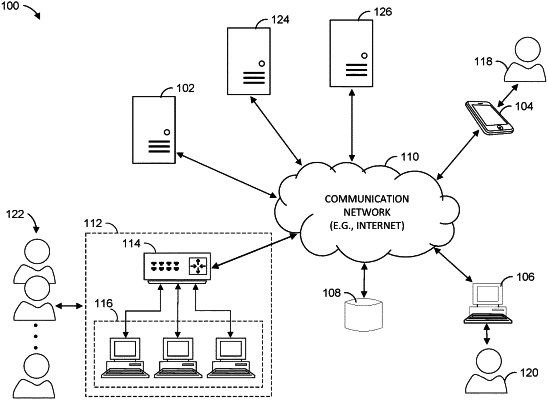| CPC G06Q 30/0631 (2013.01) [G06N 20/00 (2019.01); G06Q 10/06393 (2013.01); G06Q 30/0633 (2013.01)] | 20 Claims |

|
1. A system comprising at least one computing device coupled to one or more data sources comprising at least one server, the at least one computing device configured to:
obtain test configuration information via a user interface of a test configuration manager;
retrieve a first version of a trained machine learning customer understanding model and a second version of the trained machine learning customer understanding model from the one or more data sources;
receive order data characterizing orders placed by one or more customers on an e-commerce platform;
filter orders defined by the test configuration information to obtain filtered orders by comparing the received order data to the test configuration information;
assign orders from the filtered orders to a first group or a second group;
determine recommended first test substitute items based on overall test substitution scores of possible substitute items using the first version of the trained machine learning customer understanding model;
determine recommended second test substitute items based on overall control substitution scores of possible substitute items using the second version of the trained machine learning customer understanding model;
send the recommended first test substitute items for the first group of orders and the recommended second test substitute items for the second group of orders to a store order fulfillment system;
determine one or more performance metrics of each of the first version of the trained machine learning customer understanding model and the second version of the trained machine learning customer understanding model; and
compare one or more performance metrics of the first version of the trained machine learning customer understanding model to the second version of the trained machine learning customer understanding model.
|